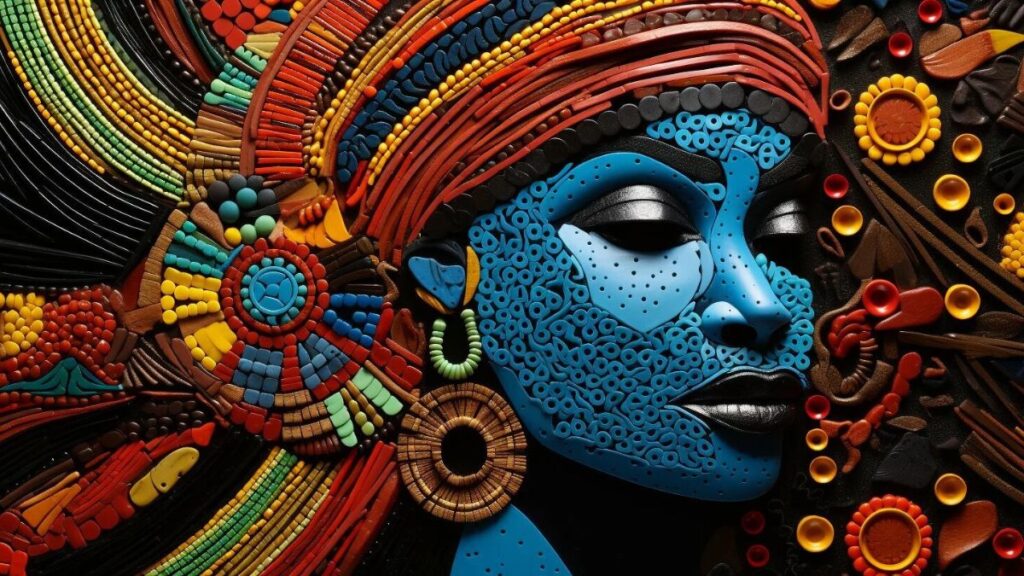Introduction to Acamento
Acamento is more than just a craft; it’s a captivating journey into cultural richness and artistic expression. This unique art form, rooted in tradition, brings together history, creativity, and community. As you explore the world of acamento, you’ll discover intricate designs that tell stories and hold deep meaning. Whether you’re an art enthusiast or simply someone looking to enhance your living space with something special, understanding acamento can transform how you view craftsmanship. Join us as we delve into this enchanting practice and uncover its layers of significance.
History and Origins of Acamento
Acamento, a captivating craft from Brazil, has roots that stretch deep into the country’s rich cultural tapestry. It emerged during colonial times when indigenous techniques intertwined with European influences.
Traditionally, artisans used natural materials to create intricate designs. These pieces often served practical purposes as well as decorative ones, showcasing both skill and creativity. Over generations, acamento evolved but retained its essence—reflecting local traditions and stories.
In rural communities, crafting acamento became a communal activity. Knowledge was passed down through families, ensuring that each piece carried not just artistry but also history and heritage.
As Brazil modernized, the allure of acamento caught the attention of urban dwellers and international collectors alike. Today’s artists continue to innovate while paying homage to their ancestors’ craftsmanship. This blend of old and new keeps the spirit of acamento alive in contemporary art scenes across the globe.
The Process of Creating Acamento Pieces
Creating Acamento pieces is a meticulous journey that combines artistry and tradition. The process begins with selecting natural materials, often sourced locally. Artisans carefully choose textiles, dyes, and embellishments to capture the essence of their culture.
Once the materials are ready, skilled hands weave intricate patterns using age-old techniques passed down through generations. Each stitch tells a story; every color choice reflects meaning and emotion.
Attention to detail is paramount. Artisans spend hours perfecting each piece, ensuring it meets high standards of craftsmanship.
The drying phase involves sunlight or air-drying, which enhances the vibrancy of colors while preserving the integrity of designs.
Artisans add finishing touches—beads, tassels or embroidery—that elevate the piece from functional to extraordinary. This dedication transforms raw elements into stunning works of art imbued with cultural significance.
Cultural Significance and Symbolism in Acamento
Acamento is more than just a craft; it embodies rich cultural narratives. Each piece tells a story, often reflecting ancestral traditions and local legends.
The intricate designs found in Acamento are steeped in symbolism. Patterns can represent community values, spirituality, or even the natural world. They serve as visual metaphors for beliefs that have been passed down through generations.
Moreover, Acamento connects people to their roots. When individuals engage with this art form, they honor their heritage and foster a sense of belonging within their communities.
This craft also plays a role during significant life events—births, weddings, and rites of passage. The pieces crafted during these times carry emotional weight and symbolize important milestones.
Through its unique aesthetics and deep meanings, Acamento remains an essential part of cultural identity today. Its vibrancy continues to inspire both artisans and admirers alike.
Modern Day Use and Evolution of Acamento
Today, acamento continues to thrive, adapting to contemporary tastes while honoring its roots. Designers are reimagining traditional techniques, fusing them with modern aesthetics. This evolution breathes new life into the craft.
You’ll find acamento pieces in chic urban homes and rustic retreats alike. Their versatility allows for unique expressions of style that appeal to a broad audience. From vibrant colors to minimalist designs, there’s something for everyone.
Social media platforms play a significant role in the resurgence of acamento. Artisans showcase their work online, reaching global audiences eager for authentic craftsmanship.
Workshops have sprung up around the world teaching this age-old technique. Enthusiasts and newcomers alike gather to learn about the beauty behind each piece they create.
As artisans continue to innovate, acamento remains more than just decor; it embodies stories and traditions passed through generations.
How to Incorporate Acamento into Your Home Decor
Acamento pieces can bring a vibrant flair to your home decor. Start by selecting a statement piece, such as an intricately woven wall hanging or a decorative vase. These items serve as conversation starters.
Consider mixing Acamento with other textures in your space. Pairing it with minimalist furniture creates an eye-catching contrast. The rich colors and patterns of Acamento harmonize beautifully against neutral backgrounds.
For smaller accents, think about cushions or table runners featuring Acamento designs. They add warmth without overwhelming the room’s aesthetic.
Incorporate natural elements like plants alongside your Acamento decor for balance. This combination enhances both vibrancy and tranquility within the space.
Don’t shy away from layering! Use multiple layers of different textiles to create depth while showcasing the unique craftsmanship that defines Acamento’s beauty.
Conclusion: Embracing the Beauty and Tradition of Acamento
Acamento is more than just a craft; it’s a vibrant expression of culture and tradition. Each piece tells a story, weaving together history and artistry in ways that resonate deeply with those who appreciate handcrafted beauty. By understanding its origins and the meticulous process behind each creation, one can truly appreciate the cultural significance that acamento holds.
Incorporating acamento into your home decor not only enhances aesthetic appeal but also connects you to this rich heritage. From intricate wall hangings to unique table centerpieces, these pieces add character and warmth to any space.
As trends evolve, so does the craft of acamento, adapting while maintaining its core values. Embracing this art form allows us to honor traditions while celebrating creativity.
By welcoming acamento into our lives, we acknowledge its beauty and significance—keeping alive the stories woven within each stitch or twist of material. The journey of acamento continues as it finds new homes around the world, bringing with it an enduring legacy worth cherishing.






